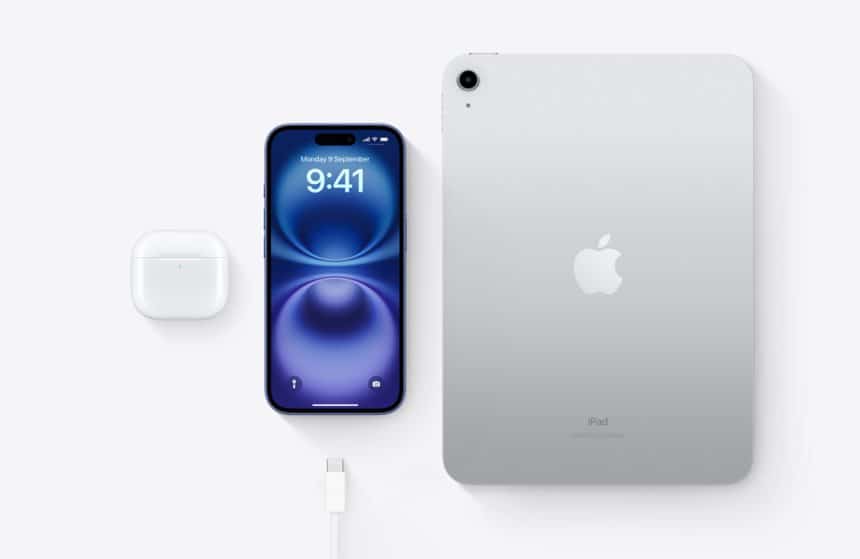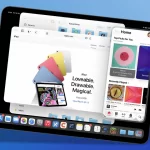A growing number of iPhone users are delaying upgrades, opting to keep their devices for longer periods. According to a recent CIRP report, about one-third of iPhone owners who bought a new phone in the past year held onto their previous one for at least three years. This trend reflects Apple’s strategy of refining its product line rather than introducing drastic changes annually. As a result, iPhones remain functional for extended periods, reducing the urgency to upgrade.
Additionally, Apple’s shift toward installment-based financing plans has contributed to this trend. By spreading payments over a longer period, users feel less pressure to upgrade quickly. The strong attachment many iPhone users have to the Apple ecosystem, including iCloud and Apple Music, also plays a role in their decision to stick with their devices longer.

Android Users Opt for Frequent Upgrades
In contrast, Android users tend to replace their phones more often. The CIRP report shows that only 21% of Android owners keep their phones for more than three years, with 57% retiring their devices within two years. The availability of a wide range of Android devices, often at more affordable price points, encourages users to upgrade more frequently.
Android users benefit from a diverse selection of features and models from various manufacturers, making it easier to find new devices that meet their needs. Lower prices for mid-range and budget Android phones also allow users to justify upgrading sooner, without significant financial burden.
Different Approaches to Smartphone Lifespan
The differences between iPhone and Android users’ upgrade patterns reflect contrasting market dynamics. While iPhone users value longevity and their connection to the Apple ecosystem, Android users appreciate frequent upgrades and the flexibility of more affordable options. As both ecosystems continue to evolve, these trends will likely persist, shaping the future of smartphone upgrades.












